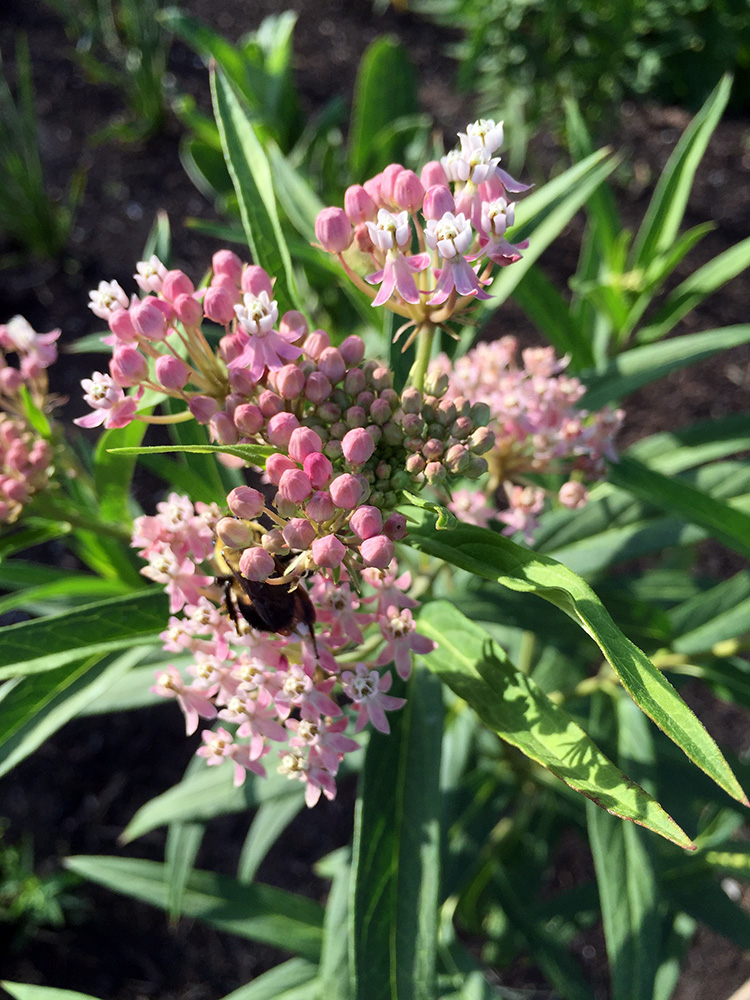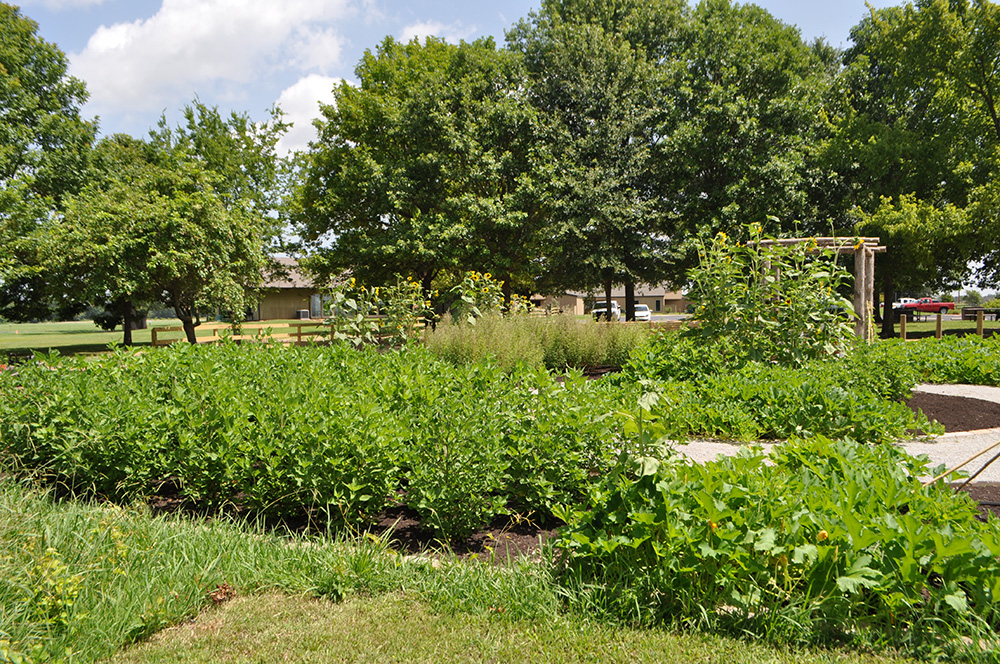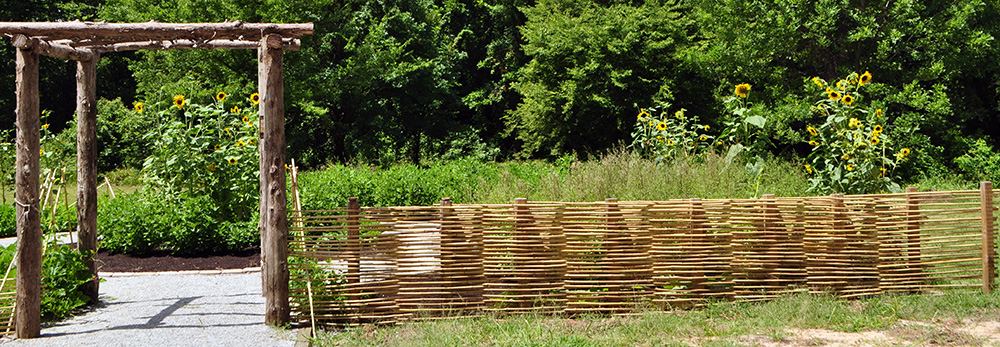
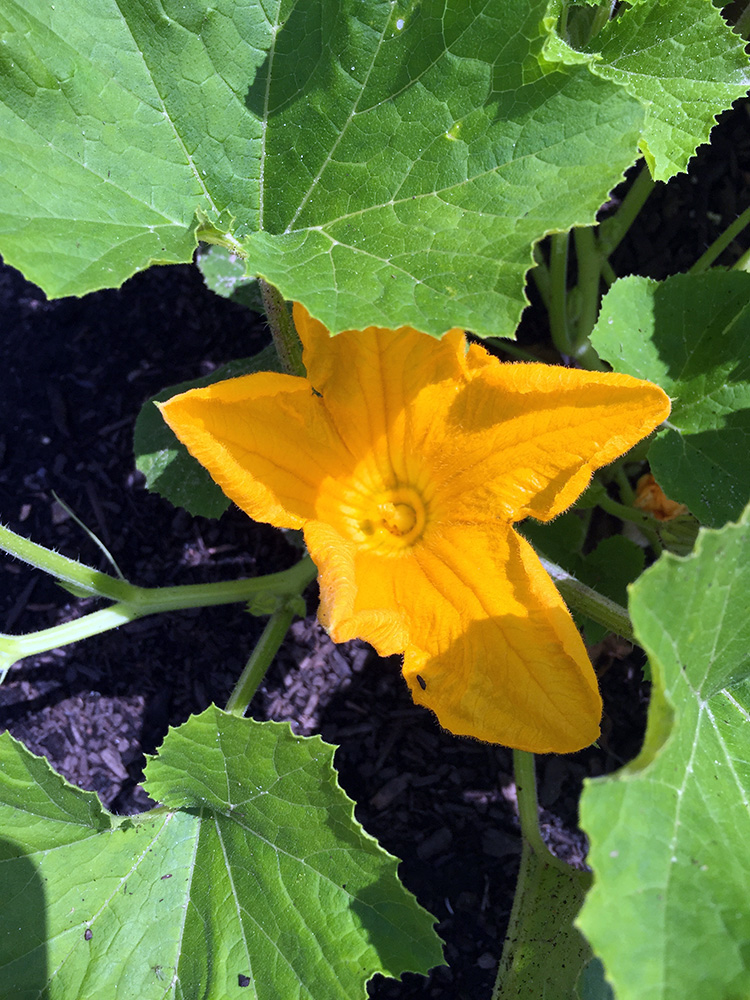
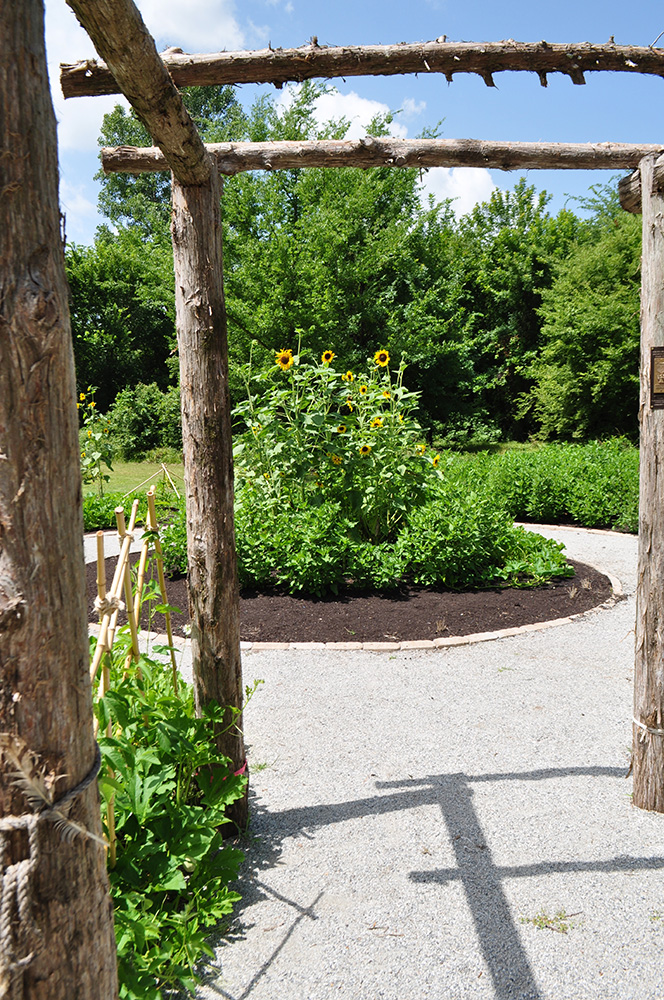
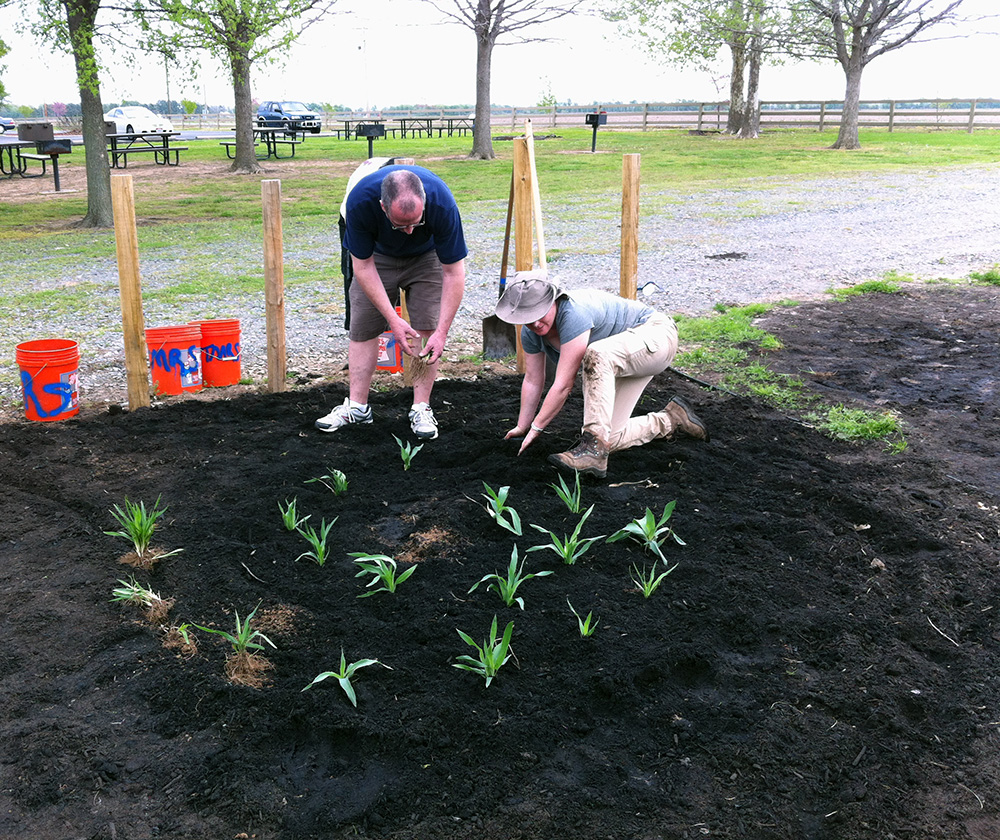
On November 2, 2022, the name of Toltec Mounds Archeological State Park was officially changed to Plum Bayou Mounds Archeological State Park and the ARAS research station was renamed the Plum Bayou Research Station. Learn more...
Liz Horton
Arkansas Archeological Survey, Plum Bayou Mounds Research Station
July 2015
When visitors to Plum Bayou Mounds Archeological Park are asked, “what did the Indians of Arkansas eat,” they will, almost to a person, reply “corn, beans, and squash.” While this triad of tropical crops, often referred to as the “Three Sisters,” does reflect the food staples used by the late prehistoric agricultural peoples of the Southeast, these plants were only the latest additions to an already existing sophisticated system of land management and horticulture that stretched back thousands of years. Long before the introduction of tropical crops such as maize (corn), the Indians of Arkansas were planting and tending multiple locally domesticated crop plants. Known as the Eastern North American Crop Complex, these ancient domesticated and cultivated crops included sumpweed, maygrass, little barley, sunflower, goosefoot, erect knotweed, a specific kind of squash (Cucurbita pepo var. ovifera), and bottle gourds. In addition, the Late Woodland Indians of the Central Arkansas River Valley we know as the “Plum Bayou Culture” were intensively utilizing a still unidentified cereal grain, known only as “Type X” grass.
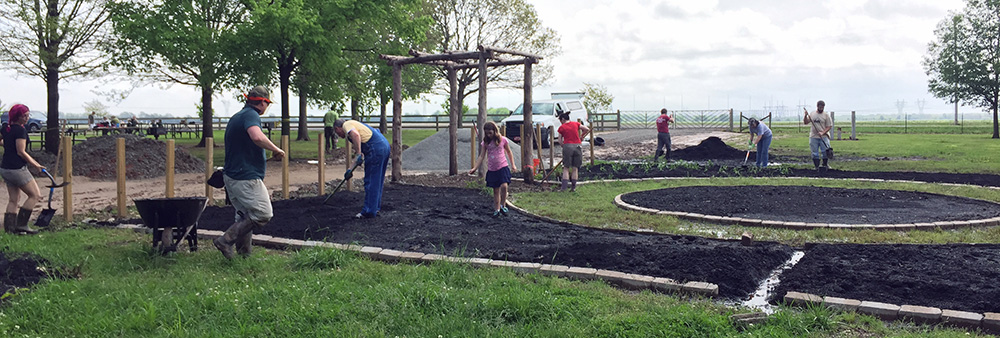
This summer the Arkansas Archeological Survey in cooperation with Toltec Mounds Archeological State Park, with funding from an Arkansas Humanities Council and National Endowment for the Humanities grant and with the help of local volunteers, is completing a permanent new interpretive landscape – The Plum Bayou Garden. The garden will highlight the several thousand year history of plant domestication and gardening and farming among the Indians of Arkansas, and features wild progenitors of ancient Eastern North American crops, modern varieties of crop plants that are similar to ancient ones, as well as a smaller selection of key wild plant resources used intensively for both food and technological purposes. The garden will have four permanent interpretive wayside panels and is handicap accessible. Arkansas State Park interpreters at Toltec Mounds Archeological State Park will use both the garden landscape and its products in public programming and tours. The Plum Bayou Garden has also been set up as an active “experimental archeology” garden for use by archeologists from the Arkansas Archeological Survey and by graduate and undergraduate students. In this role it will feature plants grown for modern studies of the processes of domestication as well as for comparative collections to help aid in the identification of archeological plant remains.
Read more about this project in the Plum Bayou Garden brochure!
The Plum Bayou Garden formally opened to the public on July 25, 2015. To learn more about ancient Eastern North American crops and Arkansas’s First Farmers, and to see these critical plants in person, come visit the Plum Bayou Garden at Plum Bayou Mounds Archeological State Park!




